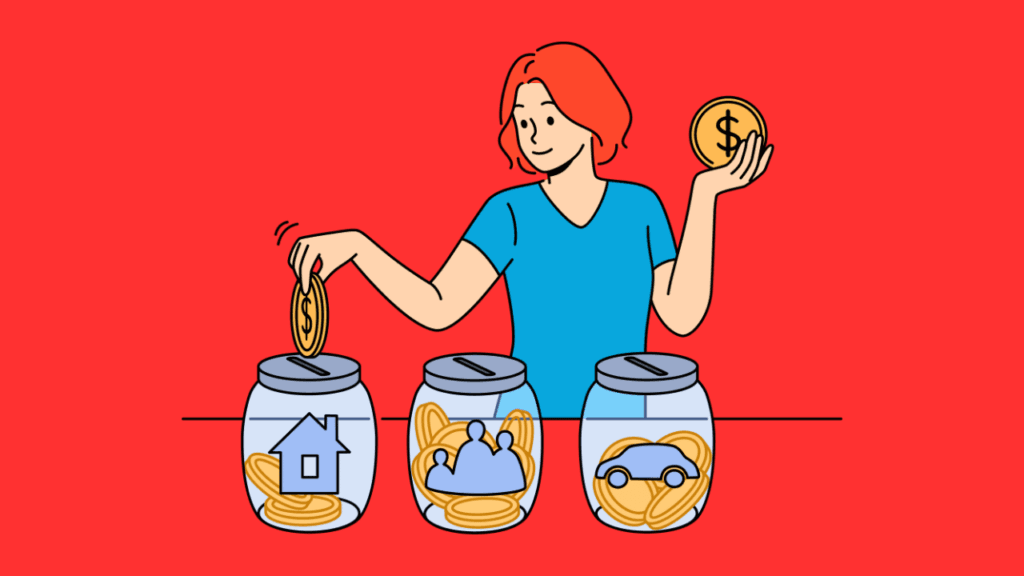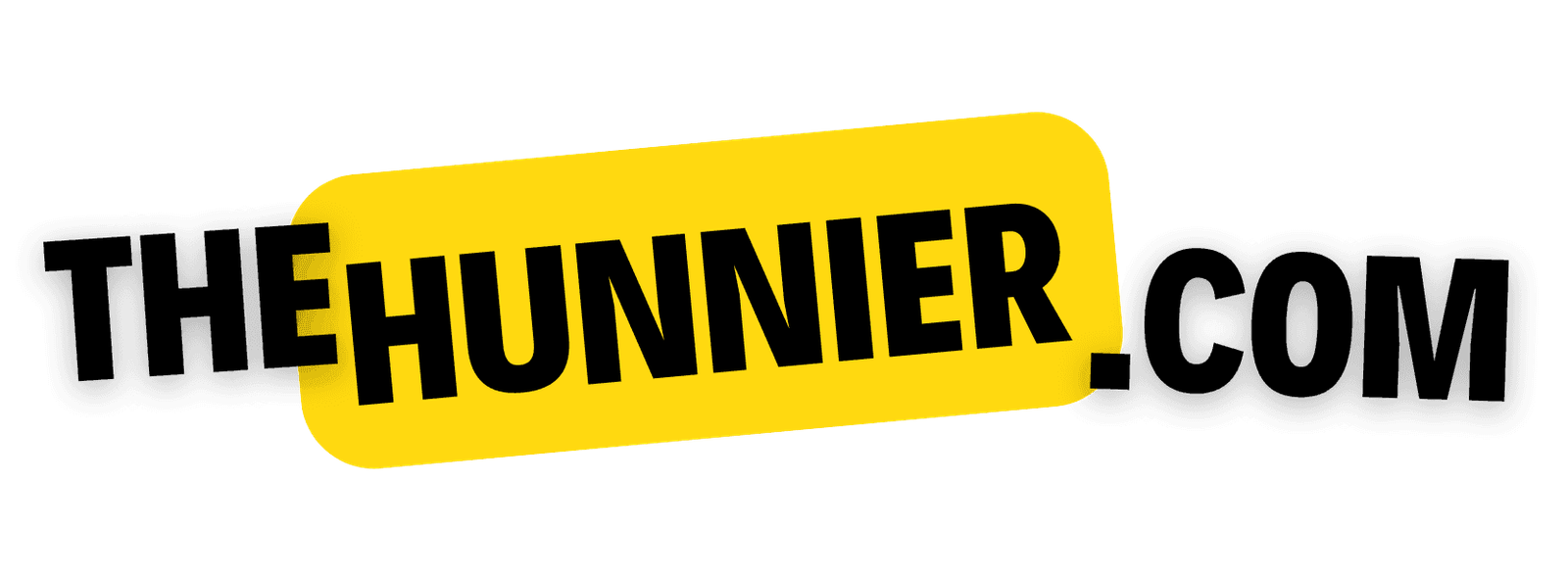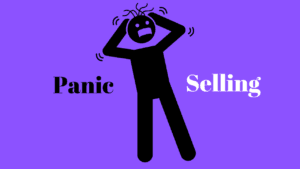Why Start an Emergency Fund Today?
Having an emergency fund can make a huge difference when unexpected costs come up. Life can throw surprises our way—a medical bill, car repairs, or even a job loss. An emergency fund is money saved specifically for these situations, giving you a safety net so you don’t have to rely on credit cards or loans. Here’s a simple guide to help you get started with your emergency fund, step by step.
1. Understand Why You Need an Emergency Fund

An emergency fund is more than just savings. It’s a source of financial security. With an emergency fund, you’re prepared for life’s “what ifs” without needing to go into debt. This fund helps cover unexpected costs that aren’t part of your regular budget, like a major car repair or medical expense. Knowing the purpose of this fund is the first step in staying motivated to build it.
2. Set a Savings Goal

Experts suggest aiming to save at least three to six months’ worth of living expenses. This amount gives you a buffer if you lose your job or face a big expense. If saving that much feels overwhelming, start small. Even $500 or $1,000 can be a good goal to handle minor emergencies. The important part is starting with a goal that feels achievable and working your way up over time.
3. Start Small and Save Consistently

Consistency is key when building an emergency fund. Begin by setting aside a small amount regularly, like $20 a week. Even small amounts add up over time, and you’ll be surprised at how quickly your fund grows. If you receive extra money—like a tax refund or bonus—consider putting some of it into your emergency fund to give it a boost.
4. Create a Dedicated Account
Keep your emergency fund separate from your everyday checking account. A separate savings account helps you avoid spending this money accidentally. Many people use a high-yield savings account for this purpose because it earns a little extra interest, helping your money grow over time. Check if your bank offers this kind of account or look for online banks that provide good interest rates.
5. Automate Your Savings
Automating your savings can make building an emergency fund much easier. Set up a small, automatic transfer from your checking to your emergency fund every payday. This way, you’re saving without having to think about it. Automation helps you stay consistent and makes saving feel effortless, even if it’s just a small amount.
6. Adjust Your Budget
If you’re struggling to find extra money to save, look at your budget. See if there are small expenses you can cut back on. For example, cutting out one coffee a week or cooking at home more often can free up a few extra dollars for your emergency fund. Making these small changes can add up and help you reach your savings goal faster.
7. Keep Building Until You Reach Your Goal
It’s easy to lose motivation after a while, especially when other financial goals pop up. Remind yourself why the emergency fund matters and keep saving until you reach your target. Once you reach your goal, you don’t have to stop saving completely—you can either start building up a bigger cushion or focus on other financial goals, like paying off debt or investing.
8. Use Your Fund Wisely
An emergency fund is there for true emergencies, not for planned expenses like a vacation or holiday gifts. Be mindful about when you use this money. If you need to use it for an emergency, that’s okay—that’s what it’s there for! But after using it, try to start rebuilding your fund as soon as possible.
9. Celebrate Your Progress
Building an emergency fund is a big achievement, and it takes time. Celebrate your progress along the way! Each milestone—whether it’s reaching your first $100 or your full savings goal—is a step toward financial security. Recognize your hard work and remember that every dollar saved brings you closer to a more secure financial future.
Final Thoughts
Creating an emergency fund may take time and discipline, but it’s one of the best things you can do for your financial health. Start small, stay consistent, and keep your fund growing. This simple cushion can give you peace of mind and help you handle life’s surprises with less stress.
External Links for Further Reading
- How to Start Saving for an Emergency Fund
- Tips for Managing Unexpected Expenses
- Best High-Yield Savings Accounts for 2024
Building your emergency fund is a smart step toward financial freedom—good luck!
Thank you for reading! If you enjoyed this article, we invite you to explore more helpful resources and articles on our main site: www.hunnier.com. From budgeting tips to debt management strategies, there’s plenty more to discover to support your financial journey. Happy reading!











